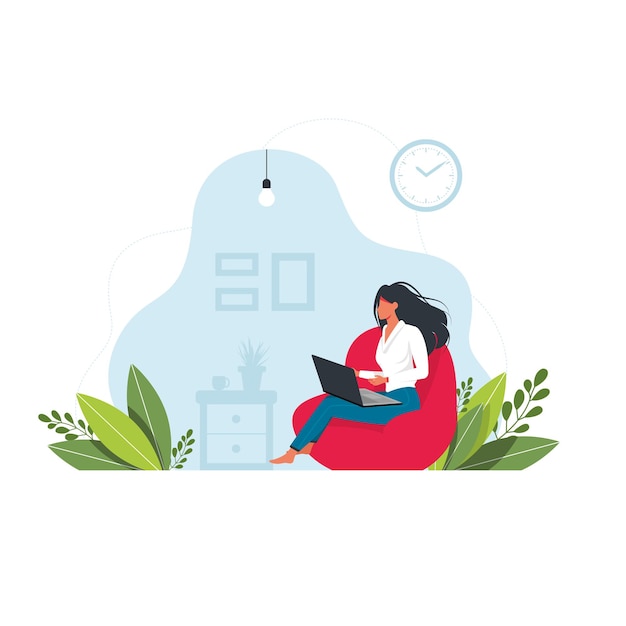What is the Average Maternity Leave

In today’s fast-paced world, balancing work and family life is a challenge many women face. Maternity leave is a crucial aspect of this delicate balance, allowing new mothers to recover from childbirth, bond with their newborns, and adapt to their new roles. But what exactly is the average maternity leave? In this article, we will explore the concept of maternity leave, its variations across different countries, its significance, and much more.
Understanding Maternity Leave
The Basics
Maternity leave, often referred to as parental leave or family leave, is a period during which a new mother takes time off from work after giving birth. This time is crucial for both the mother and child, as it allows for physical recovery, emotional bonding, and adjustment to the demands of parenthood.
Legal Framework
Maternity leave is governed by employment laws and regulations in most countries. The duration, benefits, and eligibility criteria for maternity leave vary widely.
Maternity Leave Around the World
United States
In the United States, maternity leave policies differ at the federal and state levels. Federal law provides for up to 12 weeks of unpaid leave under the Family and Medical Leave Act (FMLA) for eligible employees. However, there is no guarantee of paid leave, making the duration and compensation largely dependent on the employer.
United Kingdom
In the UK, women are entitled to a generous maternity leave policy. Mothers can take up to 52 weeks of maternity leave, with the first 6 weeks offering 90% of their average weekly earnings. The remaining weeks are paid at a flat rate.
Sweden
Sweden is often considered a leader in family-friendly policies. New parents in Sweden can enjoy up to 480 days of parental leave, which can be shared between both parents. This system encourages fathers to take an active role in childcare.
Significance of Maternity Leave
Bonding Time
Maternity leave provides crucial bonding time between the mother and her newborn. This emotional connection is essential for the child’s development and the mother’s mental well-being.
Health Benefits
Physically, maternity leave allows women to recover from childbirth and address any postpartum health issues. This time off also reduces stress and promotes overall well-being.
Challenges and Considerations
Unpaid Leave
In many countries, maternity leave remains unpaid, putting financial strain on families. This lack of income can be a significant concern for new mothers.
Workplace Support
The level of workplace support for maternity leave can vary widely. Some employers offer extensive benefits, while others provide only the legally required minimum.
Conclusion
In conclusion, the average maternity leave varies significantly from one country to another, and even within regions. It plays a vital role in supporting new mothers and ensuring the well-being of both the mother and child. As society continues to evolve, the discussion around maternity leave policies will likely continue to evolve as well.
FAQs
1. How long is maternity leave on average?
The duration of maternity leave varies greatly by country. Some countries offer several months of paid leave, while others provide only a few weeks of unpaid leave.
2. Are fathers entitled to maternity leave?
In many countries, fathers are entitled to parental leave, which can be taken in addition to maternity leave. This promotes shared responsibility for childcare.
3. What happens if an employer doesn’t offer maternity leave?
If your employer does not offer maternity leave, you may be eligible for unpaid leave under government regulations, such as the FMLA in the United States.
4. Can maternity leave be extended?
In some cases, maternity leave can be extended beyond the standard duration if there are medical complications or other valid reasons. Check your country’s laws and your employer’s policies.
5. Is maternity leave the same as sick leave?
No, maternity leave is distinct from sick leave. Maternity leave is specifically designed to support new mothers during the postpartum period, while sick leave is for health-related issues.
